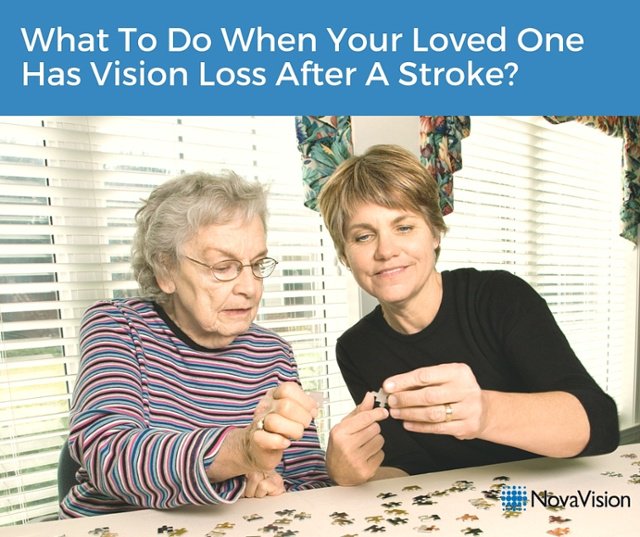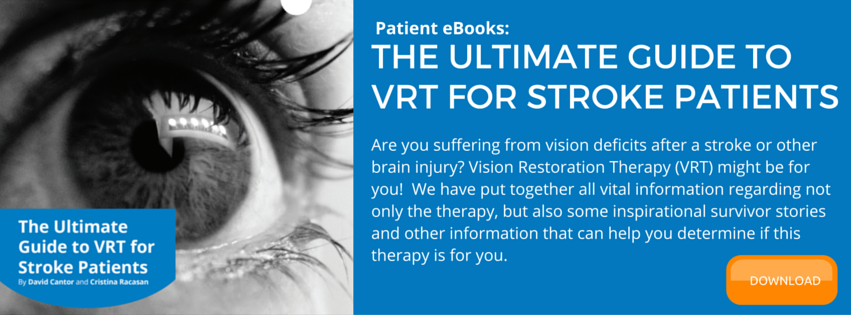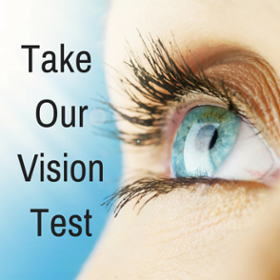 Being a caregiver for a friend or loved one who has recently suffered a stroke is not a task to be taken lightly. Strokes can occur suddenly but the recovery period can be long and drawn out for many patients. For those in recovery, having a good caregiver can make a huge difference in the healing process, so as a caregiver you should take this role seriously and want to do your very best.
Being a caregiver for a friend or loved one who has recently suffered a stroke is not a task to be taken lightly. Strokes can occur suddenly but the recovery period can be long and drawn out for many patients. For those in recovery, having a good caregiver can make a huge difference in the healing process, so as a caregiver you should take this role seriously and want to do your very best.
Vision loss is just one condition that stroke survivors may be faced with but it often leaves them feeling helpless because they can’t do the same things as they did before for themselves. This is where your role becomes so important. We’re going to walk you through what to do as the caregiver after your loved one has suffered from vision loss following a stroke.
First and foremost, it is important to remember that it is impossible to take care of another person if you aren’t taking care of yourself:
Taking Care of Yourself
According to social worker Robin Straight on Stroke.org, taking care of yourself both mentally and physically directly affects how well you are able to take care of someone else. Robin suggests learning to say no early on as it is important to set good boundaries in order to protect yourself. It’s also important to learn as much as possible about your loved one’s condition to give you time to prepare for what will be required down the road.
Once your loved one has reported having trouble with their vision, work with doctors to find what type of vision loss they are suffering from and what options for recovery they have. Once you have armed yourself with as much knowledge as possible, it is equally important to remember you can’t fix everything so don’t spend too much time and energy on the symptoms you can’t change.
In addition to mental preparation, it is important to take care of yourself physically. Since they have suffered vision loss, your friend or relative will likely need physical help navigating their surroundings and moving from point A to point B which can take a toll on your own body. Remember to always make time to exercise, get enough rest, and maintain a healthy diet. According to Robin, “The key is to keep your daily routine manageable,”
Taking Care of Your Loved One
Prior to accepting the role as caregiver, you need to determine if you have the time, space, and available resources to help them recover properly. Connecting with the patient’s doctor to inquire about possible home modifications and what specific needs the stroke survivor has moving forward can be a good place to start. Don’t be afraid to ask questions! Asking the doctor, nurse or therapist to provide written information on vision loss that explain your loved one’s condition specifically can set a solid foundation for the care you will provide moving forward.
According to our friends at strokeassociation.org, falls are common after stroke and the risk of a loved one suffering a fall are only increased if they have difficulty seeing. If the fall is serious or the patient is in a considerable amount of pain accompanied by noticeable bruising or bleeding, seek professional medical treatment.
Finally, you will be playing a major role in assisting your loved one recover their lost vision first hand. Different types of vision loss will require different treatments, speaking to a professional can help you determine the different options and properly advise a method that may be best for your friend or loved one. It is also important to note the difference between an orthoptist, an eye care specialist, and an ophthalmologist, a medical doctor who specializes in eye diseases but both can provide valuable guidance and information.
Although determining the type of vision loss and most appropriate rehabilitation should be left to professionals, there are some basic pieces of knowledge that may help you start the conversation:
- Often times, central vision loss can be treated with optical aids such as magnifiers, which increases the size of whatever the patient is looking at.
- If your loved one currently uses glasses, using a plastic prism can help to widen their field of view. This may also help issues with eye movement as well.
- If your loved one is suffering from vision loss in ½ or 1/4 of their visual field, Vision Restoration Therapy may help restore their vision. Furthermore typically these patients also have difficulties in systematically moving their eyes and NeuroEyeCoach eye training program may help them.
Whether you are working to help your loved ones through therapy to restore their vision or teaching them compensation strategies to help work around their vision problems, it is important to stay strong, patient, and informed. Stroke rehabilitation and visual recovery can be a long journey, and you must not neglect yourself in the process.
For more information, check out our eBook on VRT:



